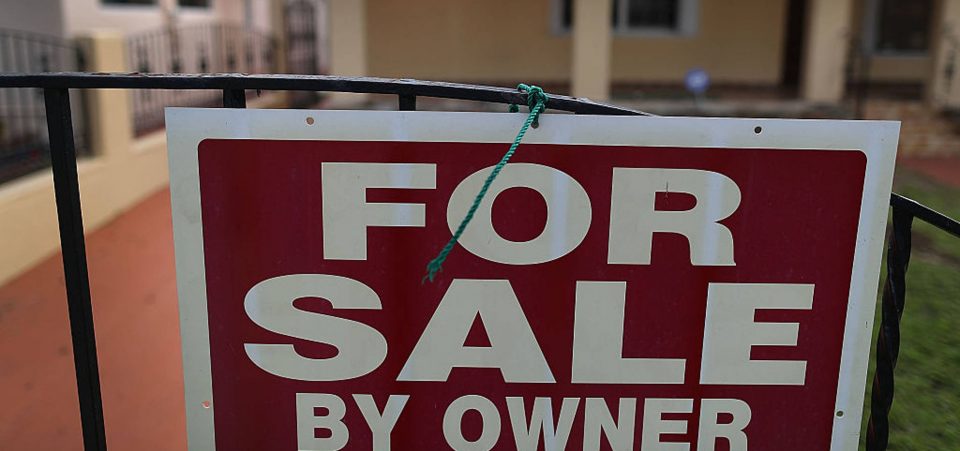U.S. Household Debt Increases Despite Economic Growth
Americans are ever more addicted to debt. In the third quarter of 2016, household debt and delinquency rates—never a good sign—were both up. The Federal Reserve Bank of New York (NY Fed) noted that the latter trend was especially disturbing for auto loans. Mortgages, typically the item contributing the most to household debt, by comparison, was 0.1% lower. (Source: “US household debt ticks up in Q3, auto delinquencies rise,” Middle East North Africa Financial Network, November 30, 2016.)
Rising debt levels challenge rosy economic growth reports.
Total household debt balances in the U.S. gained half a percentage point during the quarter that ended in September, compared to the previous quarter. That might not sound like much, but the total household debt of $12.35 trillion rose by a whopping $63.0 billion, said the NY Fed. (Source: Ibid.)
Meanwhile, U.S. gross domestic product (GDP) and job numbers are increasing. What’s happening?
If you consider the longer term, total debt has risen 11% since the 2013 second quarter, when it was at its lowest. That’s just 2.6% better (lower) than in the predictably dismal days of the post-sub-prime recession of 2008.
Apart from housing debt, every other major category of household debt increased. Auto loans accounted for almost three percent, but credit card debt trailed closely behind at 2.5%. Student loan debt increased 1.6%.
Auto loan delinquencies have increased. The growing number of independent car credit providers, “auto finance” companies, probably explains why so many poor credit scorers are being approved. Some six million car “owners” are delinquent in their payments.
Analysts consider the auto loan delinquency phenomenon as the most troubling trend. The number of auto loans sinking into delinquency follows patterns last seen in the months before the 2007-2009 recession. (Source: “Delinquencies Rise on Growing Volume of Subprime Auto Loans,” The Wall Street Journal, November 30, 2016.)
The number of subprime auto loans slipping into delinquency climbed to the highest level since 2010 in the third quarter of 2016, and is following a pattern much like the months heading into the 2007-2009 recession, according to fresh data from the NY Fed.
One of the reasons suggested to account for mortgages’ relative better performance could also be a sign of trouble. Because banks have toughened loan and credit standards, only high-credit-score borrowers are being approved. The higher household debt levels, therefore, suggest that the American economy itself remains sluggish.






